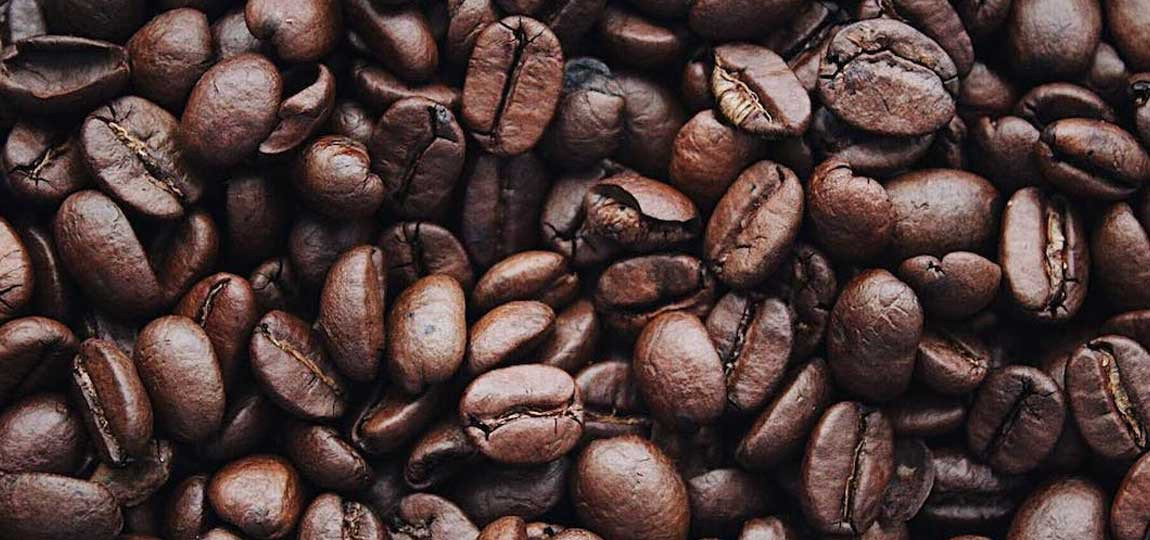The 8 Best Milk Frothers!

There's really only one type of milk froth, it's simply milk (or milk alternative) with bubbles in which have been wrapped in protein which is why it forms a relatively stable foam. However, we tend to separate milk froth into two main types, cappuccino foam, and microfoam.
So you're looking for the best milk frother, eh? Well, I've got good news for you, because this post is all about the best milk frothers, and I've written it, which means it's worth reading ;-). Whether you're wanting stiff foam for old school cappuccino, “silky milky” microfoam for velvety flat whites, or anywhere in between, I think you'll find this best milk frothers post to be enlightening.
OK maybe enlightening is overdoing it, “mildly interesting” would possibly be more like it. Discovering which might be your perfect milk frother is unlikely to hugely improve your life, although it'll certainly help you to improve your coffee, and life is far too long for bad coffee. I know the saying is the opposite, but I think my version of it is more realistic.
If you started drinking coffee when you were 18 & drink one coffee per day, that's over twenty thousand coffees you're going to drink over an average lifespan, or if you're me (I drink approx 4 per day) you'll chug more like 80k – 100k coffees over the average lifespan, so I'm fairly sure “life is too long for bad coffee” is a better saying.
But I digress, let's get back on track – milk frothers. There are several different ways to froth milk, and there are different types of milk froth too, so with this post, I want to make sure everyone is looking at the right kind of frothers for them, rather than just writing a one size fits all post about the best and/or most popular frothers.
What is milk froth?
I think a good place to start this post is by explaining, to anyone who wasn't sure, what milk froth actually is, as this will make it a bit easier to understand the different types of frothers and which one might be the best option for you. Essentially what we're doing when we're frothing milk, is creating protein covered air bubbles.
There is something called “casein micelles” present in milk, individual tiny spherical shaped clusters each containing thousands of protein molecules. When we “froth” milk, what we're doing is disrupting these micelles by injecting air, which this protein from the disrupted micelles wraps around, creating bubbles that have some degree of stability.
We can do this either with steam injection or by agitation.
Steam injection is usually done with the steam wand on espresso machines, and this is the method that you'll see baristas using in coffee shops. Agitation is the texturing method used by the majority of stand-alone milk frothers, including the cafetiere method I'll discuss shortly.






Commentaires
Aucun commentaire pour le moment!
Laisse ton commentaire